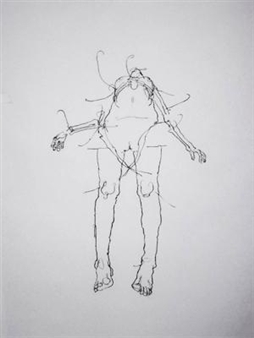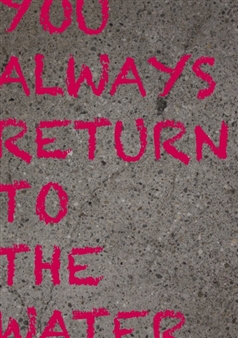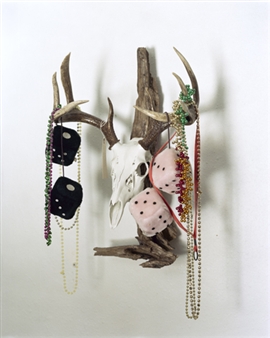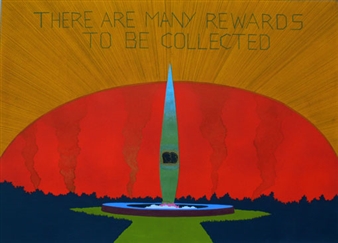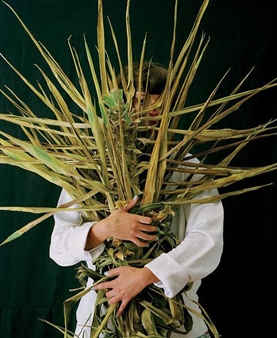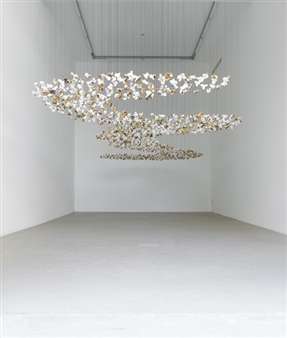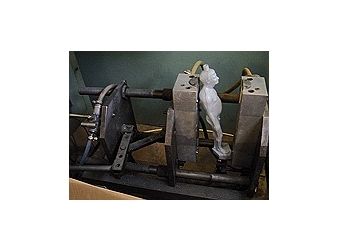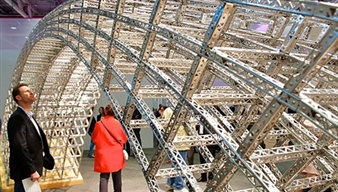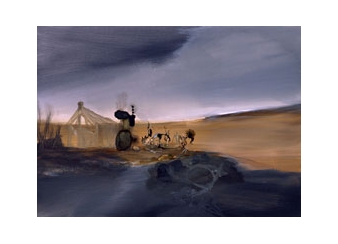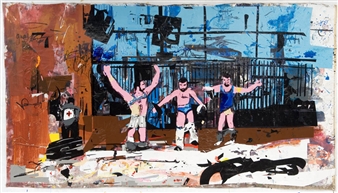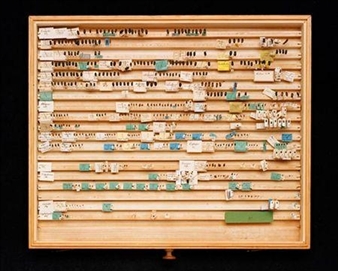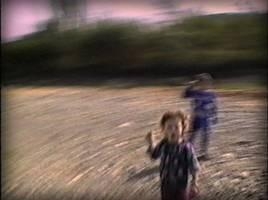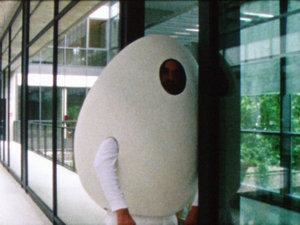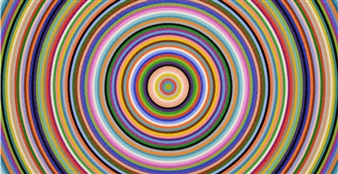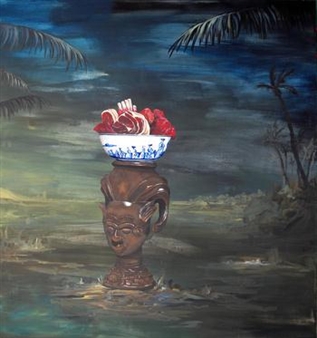Europa, Die Zukunft der Geschichte
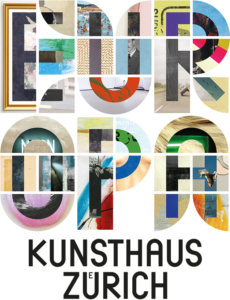
Kunsthaus Zurich, Zurich, Zürich, 06/12/2015 - 09/06/2015
Heimpl. 1, 8001 Zürich
What image represents Europe? Is it the fall of the Berlin Wall, universal human rights, the European Football Championships and the Eurovision Song Contest? Not since Antiquity has a single image stood for Europe. Today, Europe is a multifaceted mosaic that, despite tectonic tensions beneath the surface, is no longer at risk of breaking apart. This is the thesis underlying the exhibition, which presents over 100 paintings, drawings, photographs, videos and installations by some 60 modern or contemporary artists. They encounter literary and political statements by well-known figures in an exploration of Europe as peace project.
Renationalization versus InternationalismCurator and art historian Cathérine Hug and the Viennese writer Robert Menasse, who is acting as advisor to the exhibition, base their presentation on a political insight. At the beginning of the third millennium, the continent of Europe finds itself in a paradoxical situation. More states than ever have democratic constitutions, yet the symptoms of crisis are ever more apparent in countries such as France, the United Kingdom and Germany that were once in the socio-political avant-garde. Citizens perceive a democratic deficit and are expressing a desire for renationalization through the choices they make at the ballot box. This is the second paradox: for in a Europe that is interlinked technologically, economically and ecologically, national action alone no longer suffices to resolve problems. Europeans are bound together by more than just territory: they share a complex past and, following the horrors of the Second World War, a resolve to shape a future founded on solidarity and peace.
Art in search of a peaceful EuropeThe exhibition tells of utopias and dreams – and of reality. By tracing the history of ideas, it sets out to convey how the seemingly abstract vision of a peaceful Europe is made manifest. Back in 1826 Heinrich Heine anticipated what every modern-day special interest group has realized: ‘Day by day the ridiculous prejudices of races are disappearing; all harsh peculiarities are disappearing in the universality of European civilization, there are no longer nations but parties.’ What party, then, is art? Why does a museum line up behind a political project; and does that project then become cultural?
Liberty, Identity, Universal SentimentsThe exhibition spans an arc from the 19th to the 21st centuries, focusing on the period from the rise of nation states to the post-national interdependence of the present day. Switzerland has contributed much to alliance and understanding between states. The country was exemplary in its approach to multicultural challenges that Europe still faces today, achieving a consensus among every section of the population. A dozen works from the Kunsthaus Zürich and other renowned collections such as the Centre Pompidou, Paris and the Neue Nationalgalerie Berlin bear witness to artists whose various impacts have been brought together here. But this is not about showcasing national identities or using art to illustrate a history book. The rigour and methodology of historiography are set aside. Rather, our concern is with art and Europe: two avant-garde forces that are more topical today than they have ever been. Seventy years after the end of the Second World War, the continent’s political, economic and cultural cooperation without imperialistic aspirations has set an example that others have imitated.
From London via Brussels to Kiev: More than 100 worksMany artists are driven by an intergenerational, active questioning of nationalism and a continual quest for peace. In works from London to Kiev, they present their individual reflections on Europe, freedom and art. Many of the paintings, drawings, photographs, films and installations on display in the large exhibition gallery of the Kunsthaus are the product of years of intense research. While the presentation revolves around cultural constants, the exigencies and symptoms of Europe’s current predicament are not ignored. Themes such as the paths of democratic development, war and peace, home – wanderlust – homesickness and the culture of memory, amnesia and nostalgia are interlaced with Europe’s eventful history and present.
Political Art makes a comeback. A paradigm shiftPolitical art is now back in fashion. It resists the commercial and hedonistic appropriation that is practised by more and more institutions because it optimizes attention economics. It says much about the times in which we live when the European Media Award is bestowed on Erdem Gündüz, an activist and dancer who came to fame as the ‘Standing Man’, his silent protest drawing global public attention to the democratic deficits in Turkey. Is culture now putting right issues that politics and economics have failed to address? By illuminating different states of mind and modes of access, the Kunsthaus Zürich is contributing to a discourse that, through art, revives reflection on a historically evolved ‘Europe as peace project’. Dani Gal’s video film ‘As from afar’ was acquired by the Zürcher Kunstgesellschaft specially for the exhibition. Marc Bauer, Karen Geyer, Thomas Imbach, Herlinde Koelbl and Valeska Peschke have expanded or adapted their works specifically for their presentation at the Kunsthaus. Marc Bauer’s fragile work, known for the use of historical symbols and quotations, seems threatened by decay – just like many an idea or tangible asset. What Ukrainian artist Nikita Kadan, winner of the Future Generation Art Prize at the Venice Biennale in 2013, has to tell us is every bit as topical as the contributions by the Greek Stefanos Tsivopoulos and the artist duo Maria Iorio/Raphaël Cuomo, whose work addresses the plight of refugees on the Italian island of Lampedusa. In addition to those mentioned, the exhibition features the work of dozens of other artists.
Supported by Swiss Re – Partner for contemporary art and by the Dr. Georg and Josi Guggenheim Foundation, the Erna and Curt Burgauer Foundation, Ars Rhenia, the foundation for the transregional promotion of art and culture, the Institut français and by UNIQA Fine Art Insurance Switzerland. The wall colours are sponsored by Farrow & Ball.
Publications
An app with an audioguide examines the socio-political environment that prevailed when the works were created. In addition to historical visual and sound documents, it features extracts from interviews with figures from the worlds of politics, culture and economics but also present-day witnesses – sources that shape our image of Europe. The catalogue contains new articles by Melinda Nadj Abonji (writer), Dagmar Reichert (geographer), Aleida Assmann (cultural scientist), Zygmunt Bauman (sociologist), Horst Bredekamp (art historian), Burcu Dogramaci (art historian), Cathérine Hug (art historian), Robert Menasse (writer), Ulrike Guérot (political scientist), Alexandre Kostka (cultural scientist), Julia Kristeva (psychoanalyst), Konrad Paul Liessmann (philosopher), Thomas Maissen (historian) and Jan Zielonka (political scientist). Their essays and academic texts are accompanied by some 60 analytical descriptions that examine the works of modern and contemporary artists from a European perspective. Published in English and German by NZZ Libro, this 320-page volume is available from the Kunsthaus shop and booksellers.
